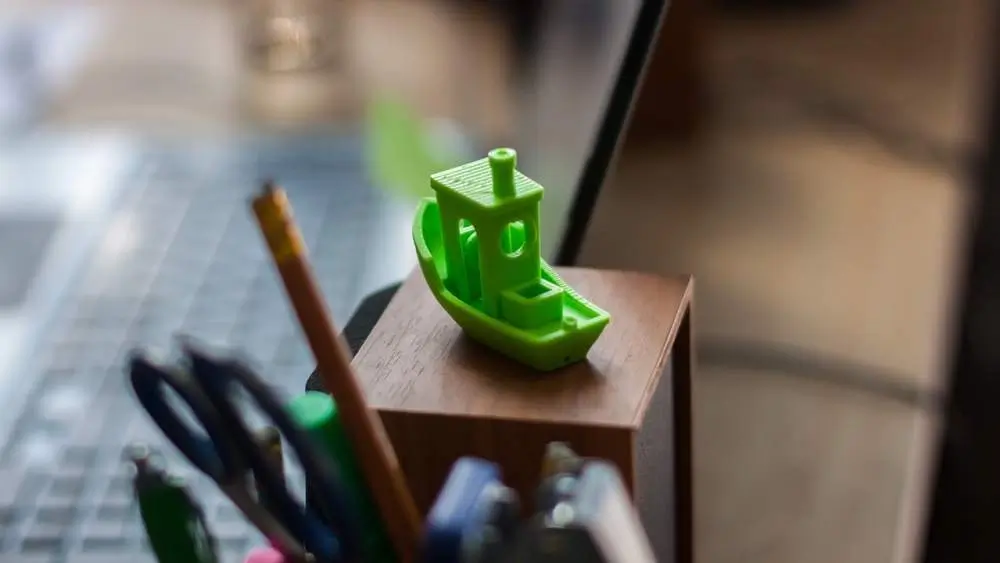
The Dawn of 3D Printing: A Game Changer
Welcome to the world of 3D printing! If you’re here, it means you’re curious about how 3D printing is changing the world, and you want to know more about it. Well, you’ve come to the right place. We’ll dive deep into the realm of 3D printing, specifically focusing on FDM 3D printers, and explore their incredible impact on our lives.
What is 3D Printing, and How Does it Work?
Before we get to the nitty-gritty, let’s start with the basics. 3D printing, also known as additive manufacturing, is a process of creating three-dimensional objects from digital files. It’s done by layering material, like plastic or metal, until the final object is formed.
There are several types of 3D printing technologies, but we’ll be focusing on Fused Deposition Modeling (FDM) 3D printers. FDM printers work by heating and extruding a thermoplastic filament, which is then deposited layer by layer to create the final object.
The Many Applications of 3D Printing
Now that we’ve got the basics covered, let’s talk about why 3D printing is making waves. Here are some of the areas where 3D printing is having a significant impact:
- Medicine: From creating customized prosthetics to bio-printing organs, 3D printing is revolutionizing the medical field.
- Manufacturing: Rapid prototyping and the ability to produce complex parts with ease are changing the way we manufacture products.
- Construction: Large-scale 3D printers can print entire buildings, reducing waste and construction times.
- Education: 3D printers in schools enable hands-on learning and promote creativity and innovation.
- Art and Design: Artists and designers are embracing 3D printing to create unique and intricate pieces.
Advantages of FDM 3D Printers
FDM 3D printers have gained popularity due to their affordability and ease of use. Here are some of the advantages that set FDM printers apart:
- Cost-effective: FDM printers are generally less expensive than other types of 3D printers, making them more accessible to a wider audience.
- Material options: FDM printers can use a variety of materials, such as ABS, PLA, PETG, and more.
- Easy to use: The simplicity of FDM printers makes them suitable for beginners and experts alike.
- Versatility: FDM printers can be used for a wide range of applications, from prototyping to creating functional parts.
The Environmental Impact of 3D Printing
One of the most significant ways 3D printing is changing the world is by reducing waste and promoting sustainable practices. FDM 3D printers, in particular, have the potential to create products with less material waste compared to traditional manufacturing methods. Additionally, as the technology advances, we can expect to see more eco-friendly materials being developed for use in 3D printing.
The Future of 3D Printing
The future of 3D printing is undoubtedly bright, with new applications and technologies emerging regularly. As 3D printing becomes more accessible, we can expect it to continue transforming industries, creating new opportunities, and improving our lives in countless ways.
In conclusion, 3D printing, and FDM 3D printers in particular, are revolutionizing the world in numerous ways. From medicine to manufacturing, construction, education, and art, he impact of this technology is immense and far-reaching. As 3D printing continues to evolve, we can look forward to even more groundbreaking advancements that will undoubtedly change the way we live, work, and create.
Embracing the 3D Printing Revolution
Now that you’ve seen the incredible potential of 3D printing and FDM 3D printers, it’s time to consider how you can be a part of this revolution. Whether you’re a hobbyist, a professional, or an entrepreneur, there are countless opportunities to learn, create, and innovate using 3D printing technology.
- Learn about 3D printing: Start by educating yourself on the various 3D printing technologies and techniques, including FDM printing. Stay updated on the latest news and developments in the industry.
- Get hands-on experience: Invest in a 3D printer, like an affordable FDM 3D printer, and start experimenting. You’ll be amazed at what you can create with just a bit of practice.
- Join a community: Connect with others who share your passion for 3D printing. Online forums, social media groups, and local meetups can provide invaluable support, advice, and inspiration.
- Share your knowledge: As you become more experienced, consider sharing your knowledge and expertise with others. Write blog posts, create tutorials, or offer workshops to help others get started with 3D printing.
- Innovate: Think about how you can use 3D printing to solve problems, create unique products, or improve existing processes. The possibilities are endless, and the only limit is your imagination.












